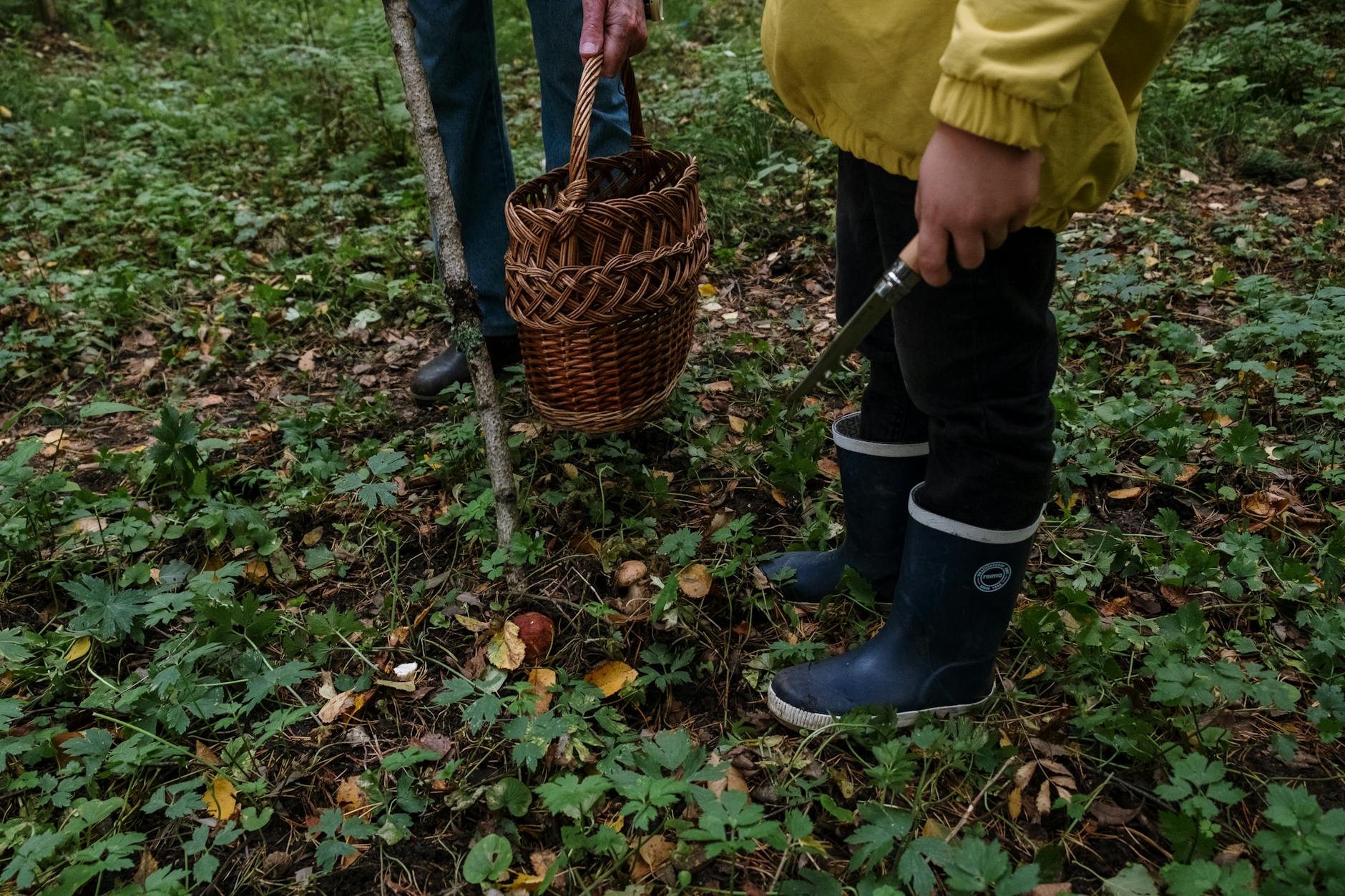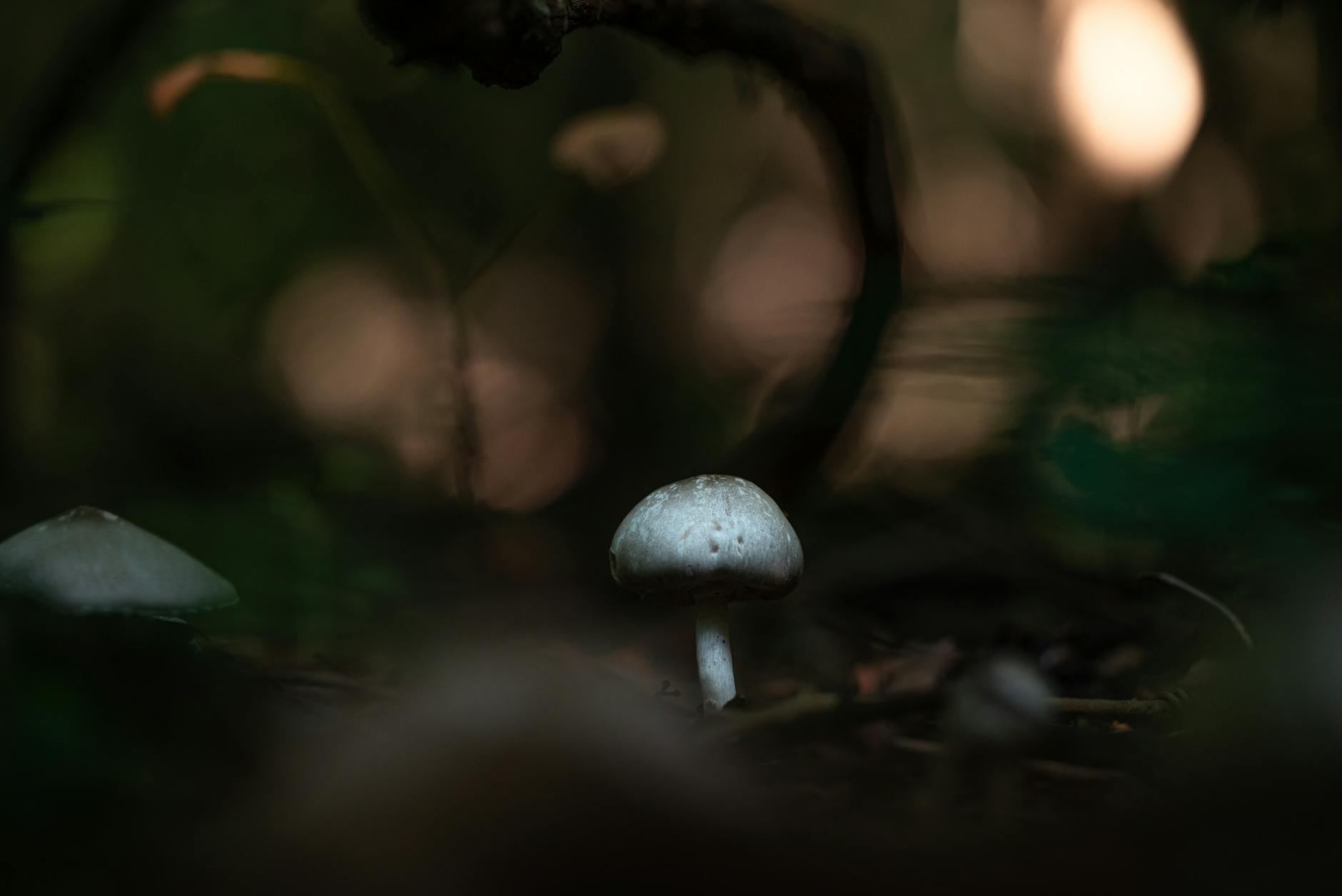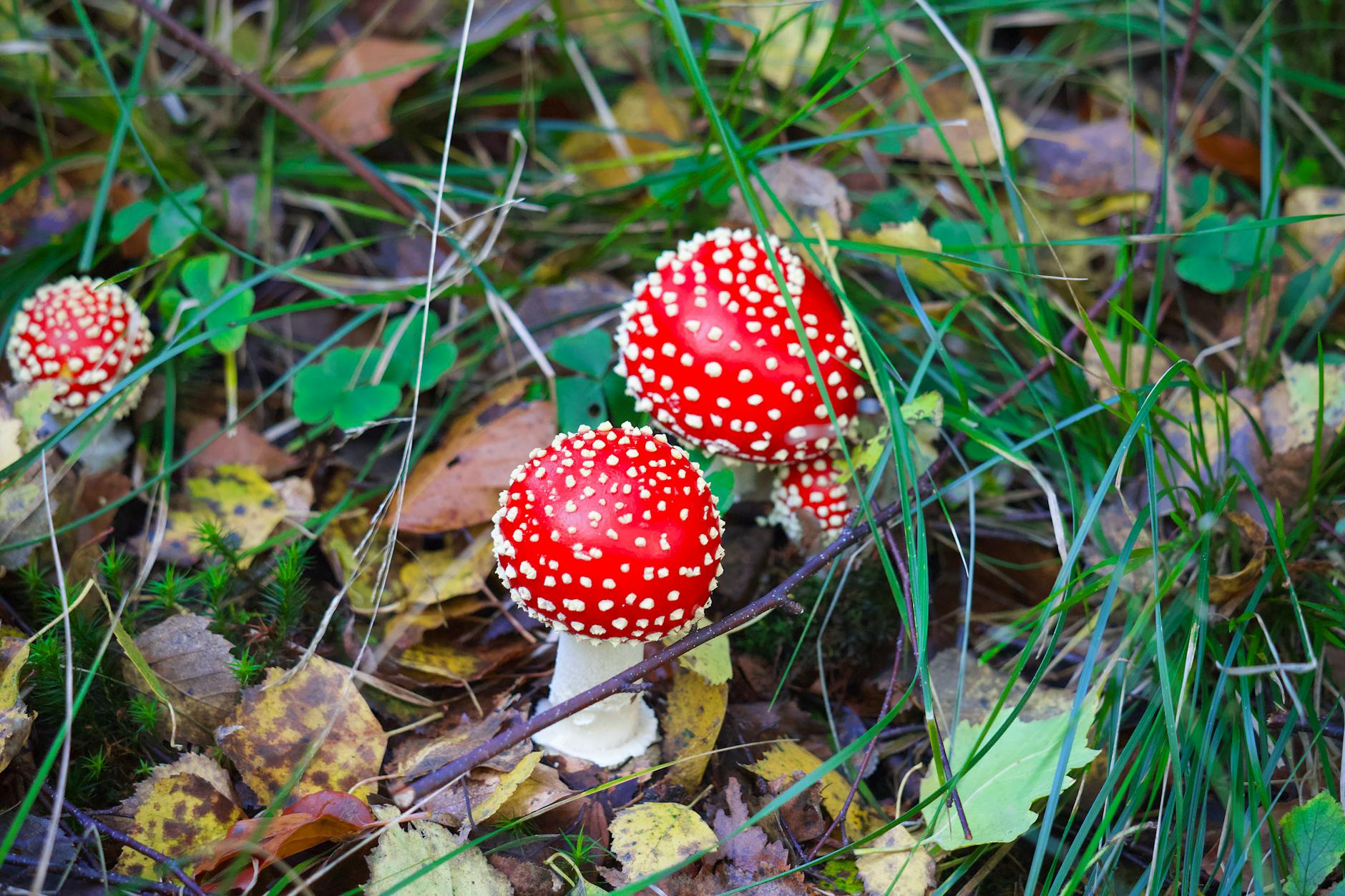Chicken of the Woods Foraging: Safely Spot This Exquisite Mushroom
Foraging for wild mushrooms can be a rewarding and adventurous activity for nature enthusiasts and food lovers alike. One particular species that stands out for its vibrant appearance and distinctive taste is the Chicken of the Woods mushroom. In this guide, we will delve into the fascinating world of Chicken of the Woods foraging, discussing how to safely identify and spot this exquisite mushroom in the wild.
Identifying Chicken of the Woods:
Chicken of the Woods, scientifically known as Laetiporus, is a genus of bracket fungi that grows in clusters on trees, particularly oak and conifer species. This mushroom is easily recognizable by its bright orange to yellowish colors and fan-shaped or shelf-like appearance. The edges of the caps are often wavy, giving them a unique and attractive look. When foraging for Chicken of the Woods, it’s essential to pay attention to these key characteristics to ensure you’re harvesting the right species.
Best Foraging Locations:
Chicken of the Woods mushrooms can be found in various types of wooded areas, including forests, parks, and even urban settings. Look for them on the trunks or stumps of trees, where they typically grow in overlapping clusters. Oak trees are a common host for Chicken of the Woods, but you may also discover them on other hardwood trees like beech or chestnut. Remember to forage responsibly and obtain permission if you’re harvesting mushrooms on private land.
Safety Tips for Foragers:
While Chicken of the Woods is considered a choice edible mushroom with a mild, slightly lemony flavor, it’s crucial to follow safety guidelines when foraging for wild mushrooms. Always consult with an experienced mycologist or local expert to confirm the identification of any mushroom species you find. Avoid consuming mushrooms that you cannot positively identify or that may be past their prime. Additionally, be cautious if you have any allergies or sensitivities to mushrooms, as reactions can vary from person to person.
Harvesting and Preparation:
Once you’ve successfully identified and safely gathered your Chicken of the Woods mushrooms, it’s time to prepare them for cooking. Use a knife to carefully cut the mushrooms from the tree, making sure to leave a portion of the base to allow for regrowth. When harvesting wild mushrooms, it’s essential to practice sustainable foraging techniques to promote the health of the ecosystem. After collecting your bounty, clean the mushrooms by gently brushing off any dirt or debris before cooking them.
Cooking Ideas and Culinary Uses:
Chicken of the Woods mushrooms are versatile in the kitchen and can be used in a variety of dishes. Their firm texture and mild flavor make them an excellent meat substitute for vegetarian and vegan recipes. Consider sautéing Chicken of the Woods with garlic and butter, adding them to soups or stews, or even incorporating them into omelets or pasta dishes. The mushrooms pair well with herbs like thyme, rosemary, and parsley, enhancing their natural taste.
In conclusion, Chicken of the Woods foraging offers a unique opportunity to connect with nature and explore the world of wild mushrooms. By learning how to safely identify and spot this exquisite mushroom, you can enjoy the thrill of harvesting your own fresh, flavorful ingredients. Remember to always forage responsibly, prioritize safety, and appreciate the beauty and bounty of the natural world around you. Happy foraging!


